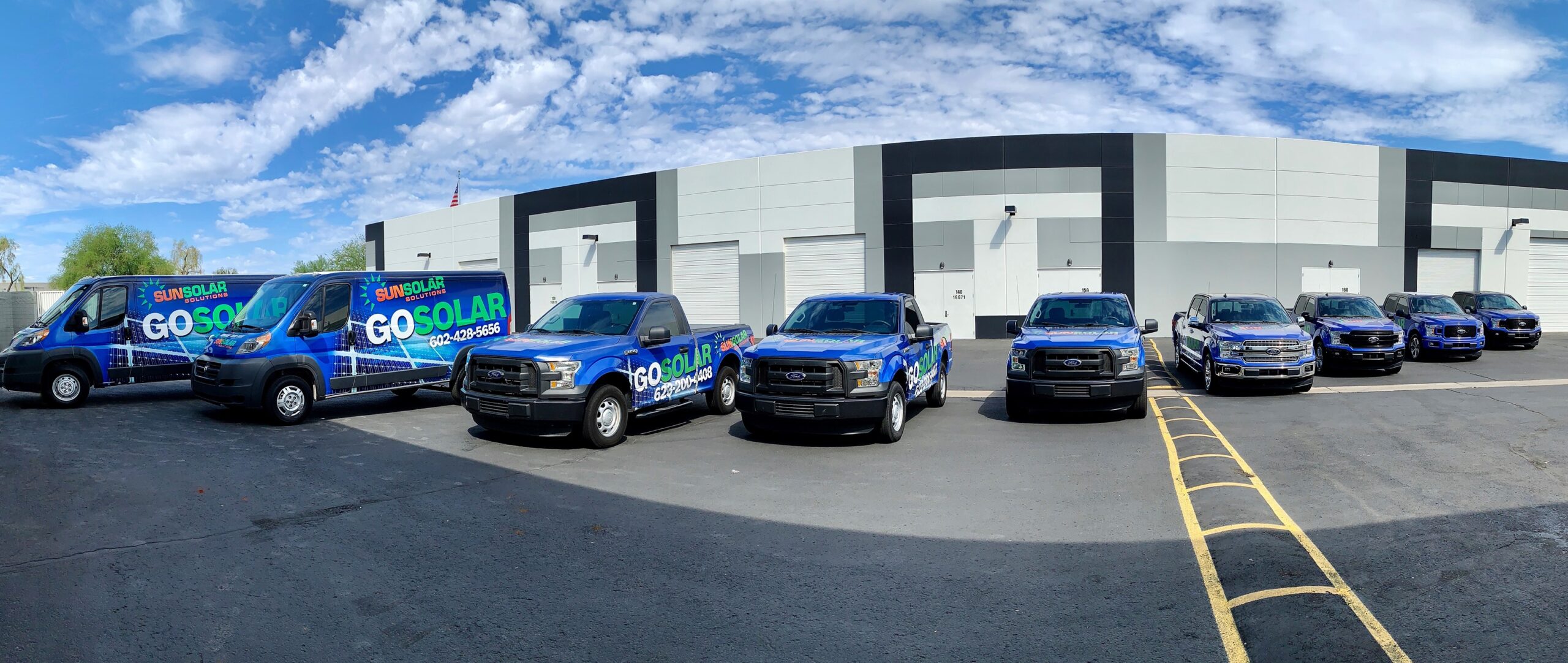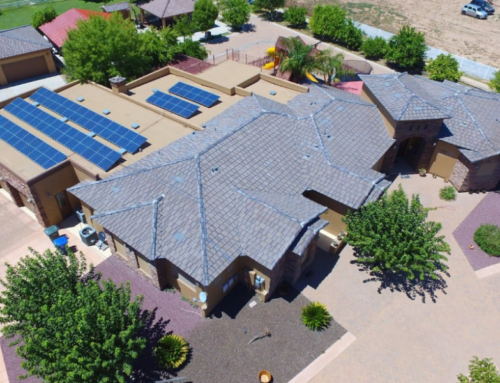By Erick O’Donnell
The simplest and most effective way to ensure you’re getting a good deal is to ask plenty of questions. That’s exactly what our customers do when talking with our sales representatives. It’s what we do when talking to our panel suppliers and prospective new hires. It’s what anyone should do before making an investment or purchase, especially in cases where the seller isn’t volunteering much information upfront.
Since late October, when APS proposed a $460 million increase to its total yearly revenue, customers of Arizona’s largest power supplier have found themselves in just such a situation. APS has stated that the increase is necessary to maintain grid reliability and make investments in clean power. And it says it would produce only a modest cost increase for customers, increasing electric bills by 13.6 percent.
Yet, despite amounting to a file almost half a gigabyte in size, the official proposal document that APS submitted to the Arizona Corporation Commission neglects to address some questions that must be answered before we can feel the increase is warranted and fair. We would like to share those questions with you here.
First, how widely will that “average” increase vary among different types of households, especially when it comes to size? All things equal, a bigger home is less energy efficient than a smaller one. Therefore, owners of larger houses are likely to see cost increases out of proportion to how much their house’s size exceeds the average.
That’s bad news for homeowners in the northern reaches of APS’s service area, which have a high concentration of newer—hence, bigger—houses. According to data from the National Association of Realtors, three of Surprise’s four ZIP codes have a bigger median home size than the statewide median of 1,878. The median floor space of a home in ZIP code 85383, in Peoria’s far northwest region, is 2,537 square feet—35 percent more than the state median. (Bear in mind that a home’s interior space is a three-dimensional quantity and, therefore, increases alongside floor space—a two-dimensional quantity—at a greater exponential rate, so we’re likely understating the magnitude of the size variation.)
If APS has tried to calculate more detailed estimates for different households, they’re nowhere to be found in its gargantuan proposal—which, despite amounting to an eye-watering 2,648 pages, has no index or table of contents. (Thank goodness for the word-search tool on digital document viewers, at least.)
In that case, if the commission approves the increase, then ratepayers will just have to wait for their bills to come in December of next year (when the hike is proposed to take effect). If the past is any guide, then there could be some nasty surprises in store for ratepayers—surprises like the $50 increase to Phoenix APS customer Ron Geddling’s bill in 2017 after that year’s hike, which the company had predicted would boost monthly bills by just $6. What he wrote to the commission that year conveys the impact more effectively than any set of numbers, so we’ll just reproduce his message (which was originally quoted by The Arizona Republic) here:
“This is literally taking food directly out of my mouth,” Geddling wrote to the commissioners. “This is absolutely the worst robbery of my money I have ever seen […]. I will now be going hungry in order to make APS a little richer.”
Given the history of wide gaps between the official estimates of “average” bill increases and actual ratepayer charges, should we be confident that this latest estimate reflects what is actually coming to the typical homeowner in Surprise, Peoria, or Scottsdale? It’s not just customers’ individual experiences that give us pause. In 2017, a third-party audit commissioned by APS’s regulator found that the company, in citing the $6 figure as its estimate of the average bill increase, did not mention important changes to several surcharges. That finding and others are described in an article from Arizona’s NBC affiliate, 12 News: “Audit report: APS earned $77 million more than expected in 2018, 80% from customers”.
Here are a few more questions we would like to hear answered: Why, if APS is committed to clean energy, has the company repeatedly slashed the buyback rate for solar power (the means by which distributed solar is financed)? Why has it spent its money (ratepayers’ money) to elect commissioners favorable to its views on solar-energy policy? (That, by the way, is according to its own admissions and its own documents, which it released to the Corporation Commission in 2019; see “APS admits spending millions in 2014 election of energy regulators,” Arizona Capitol Times.)
There’s more than a year to go until the commission is due to vote on this proposal. Who knows? If, between now and then, some ratepayers show up to the agency’s meetings (or write emails) and share what’s on their minds, then maybe we’ll see a little further into this black box. Until then, all we can do is ask questions.
But that’s not all you can do. You can help offset some of these increases by adding solar to your home. Get started with SUNSOLAR SOLUTIONS today by getting a FREE QUOTE!







